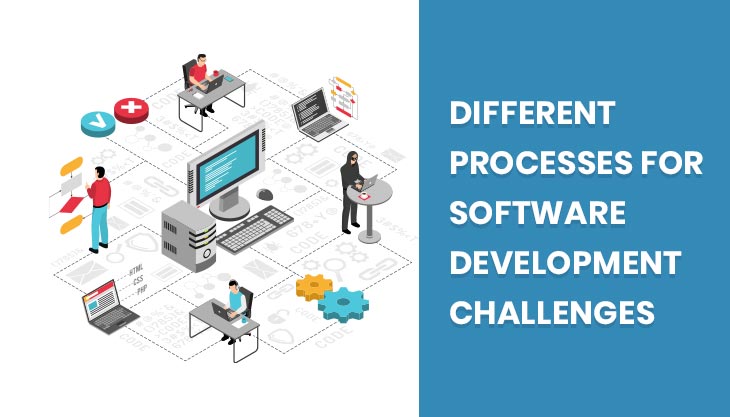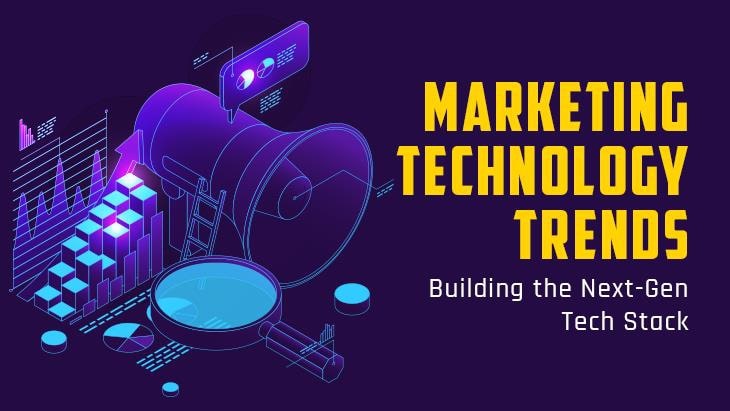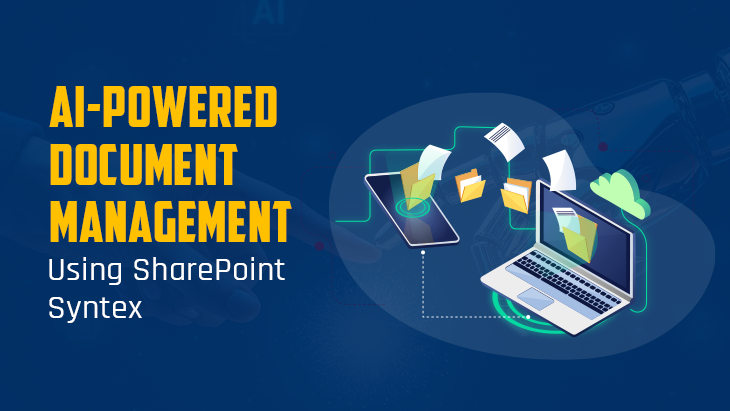INTRODUCTION
In the emerging trend in technology software products acquire a remarkable position. Nowadays software assists humans in every crucial activities and time-consuming projects. It is the set of instructions which makes our life easier to live. The software is a set of programs, instruction or data used to execute tasks and used to operate computers and it denotes a generic term used to refer scripts that run on an electronic device. Software development is not the easy process of programming, testing, documenting and other processes involved in maintaining, creating applications, framing or software components as per requirements. It is the lengthy process of writing and maintaining the source code. It's development takes place through a planned and structured procedure. It includes research, prototyping, modification,reengineering and maintenance. Software models is the simplified representation of activities that leads to the development of the product. It consists of developing from scratch or upgrading the existing one.
HERE ARE THE DIFFERENT PROCESS USED WHILE DEVELOPING CHALLENGE SOFTWARE PRODUCTS
- Big-Bang Model
This is the simple process of all the below models and it requires only a simple plan. It does not follow any particular order for developing and it is mostly applicable to academic projects and it requires a small amount of money and a little effort. It is not objected or result-oriented and creates great flexibility to work. It is a high-risk model even a single misunderstanding in requirements can lead to a complete reversal of the project. Not suitable for object-oriented projects.
- Code-And-Fix Model
This model is the most preferable and used model by the software developer and it is one step behind the bigbang model. It requires no initial planning and it is one of the cowboy type models where there are no requirements of planning. Developer will simply develop the project and fix the problem as they occur throughout the development of the process. It is the apt method for tight schedule projects and it is difficult in accessing the quality.
- Waterfall Model
It is also called a linear sequential life cycle model and it is the first introduced model and it is the oldest classic model used in government offices. It detects the bug before the development process because every step of the project procedures are documented. And the process is very intensive which is beneficial for the projects where quality is the main concern. It is basic for life cycle models involving phases such as designing, detailed design, coding, testing, and maintenance. Adjusting scope in the lifecycle can even lead to the end of the project.
- V Model
In this model the execution takes place in a sequential manner and also called a verification and validation model. It is an extension of the waterfall model where both the testing and development phase takes place parallelly. It is a highly disciplined model. Without executing code it has static analysis. It work well for the project where the requirements can be understood clearly. There are high risk and uncertainty.
- Incremental Model
Here the requirements are broken down into many simple development projects of the software development life cycle which is easy to analyze and execute. And it involves analysis design, implementation, verification, testing, and maintenance. It is also called a successive Verizon project. The software will be developed quickly at the early stage of the life cycle and it requires a smaller amount for the project. It requires good planning designing and errors can be easily identified.
- RAD Model
It is a type of incremental model and the meaning is the rapid development model. It requires minimal planning in terms of rapid prototyping and it ensures rapid delivery. Here the modules are developed in parallel as prototypes and are integrated to make the complete product for faster delivery and it requires simple planning hence it is much easier to incorporate changes within the development process. RAD model consists of different phases such as business modeling, data modeling, process modeling, application generation, testing and turn over.
- Agile Model
It focuses on customer satisfaction and a rapid delivery and it is the combination of iterative and incremental processes. It breaks the products into small incremental modules and the iteration phases involve planning, requirement analysis, design, coding, unit testing, and acceptance testing. No planning required and resource required is so small.
- Spiral Model
It is based on a unique risk pattern of the given project and it is a risk-driven software development project and it is the combination of waterfall and iterative model project. It is also called meta-models and it is a risk analysis and risk handling cycle. And it is good for large projects because it is very expensive.
- Iterative Models
The initial step of the project starts with simplified steps later it gets complicated with complex structures and it is one of the best thoughts of the cyclic structures. The various phases of the process are requirement gathering and analysis, design, testing, implementation, and testing. The testing is very easy during small iteration.we can plan a parallel development and easily acceptable based on the requirements of the needs. Risks can be identified easily and resolved. Less time can be spent on project documentation. It is not suitable for smaller projects and there will be many resources required.
- Prototype Model
It is the process of incomplete combinations that are developed called prototypes. Errors can be detected much earlier and are easy to rectify and the developed prototypes can be used again and there is flexibility in design. Due to continuous changes in customer requirements, there will be poor documentation.
CONCLUSION:
These are the various process models of software development. Many companies are offering services like software development and app development. Good software can help you to achieve greater success. From food ordering, movies, traveling and bill payments all our activities depend upon software programs. Techasoft is a software product company based in Bangalore aimed at providing software development and maintenance, web designing and android development.
















Post Comments